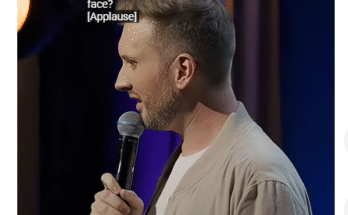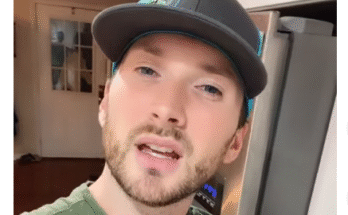Matt Math: Mastering the Mic, One Laugh at a Time
Stand-up comedy is a lot like math—stick with me here. You’ve got your formulas, your variables, and your problem-solving skills. Except instead of solving for x, you’re solving for laughter. And let me tell you, the math doesn’t always add up the first time.
When I first grabbed a mic, I thought the equation was simple: joke + punchline = laugh. Easy, right? Wrong. Turns out, there are variables no one tells you about—like the guy in the front row who refuses to crack a smile, the couple on their first date whispering through your setup, or the sound system that decides to cut out right when you’re about to land your best line.
But just like algebra, the more you practice, the more it makes sense. You start learning the patterns, the timing, the way a pause can hit harder than a punchline. You figure out that one audience might love a joke about farm chores gone wrong, while another crowd stares at you like you’ve just recited the periodic table.
For me, mastering the mic has been about finding balance—between self-deprecation and storytelling, between chaos and control. It’s about knowing when to stick to the script and when to throw it all out the window because the guy in row three sneezed so loud it deserves its own bit.
Comedy math is messy, but the solution is always worth it. Because when the equation works—when the setup lands, the punchline pops, and the whole room erupts—you feel like you’ve solved the most beautiful problem in the world. And unlike high school geometry, nobody’s falling asleep in the back row.
So yeah, I may never have been good at numbers, but onstage? I’ll keep doing my kind of math—adding stories, subtracting nerves, multiplying the laughs, and dividing the room (in the best way possible). That’s the formula I can live with.


